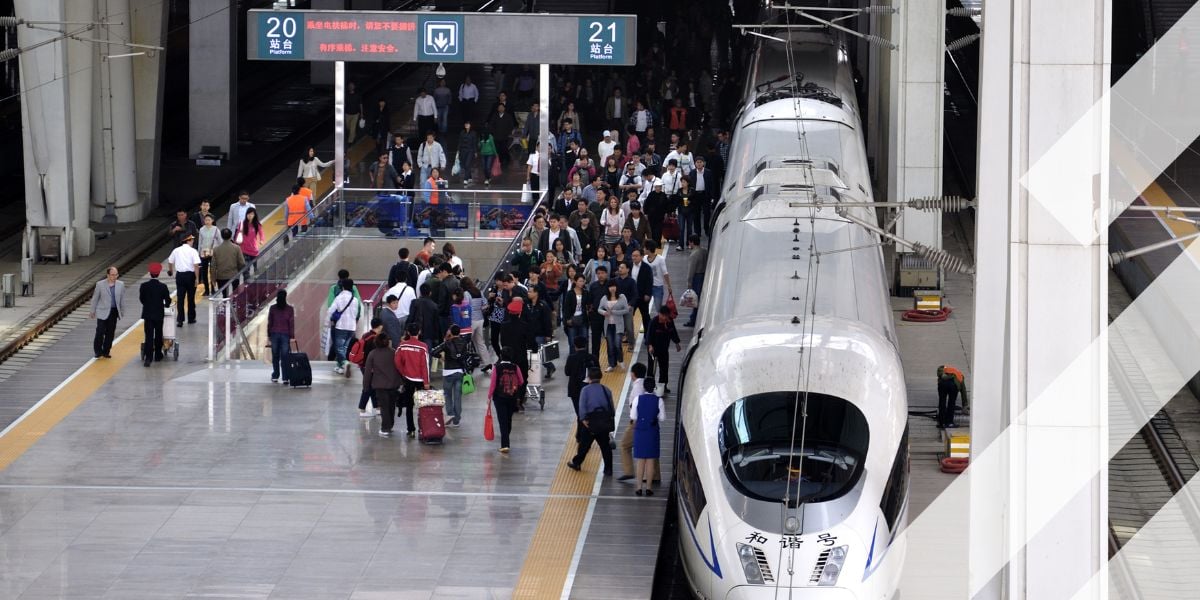The right direction
Reimagining roadway traffic management in Canada and the UK with flexible travel lane configuration to reduce congestion and improve travel speed
Author: Smita Sharma, senior manager, applications engineering, Road Zipper, Lindsay Corporation
Traffic consolidation in constricted right-of-way (ROW) conduits including bridges, tunnels, critical roadways to business districts and ports, etc. can cause congestion, freight delays, and safety concerns for both commercial and non-commercial traffic. While roadway expansion is likely helpful in improving traffic flow but with directional and temporal congestion, a cheaper and quickly deployable alternative exists. Flexible lane use or a reversible managed lane is an accepted solution in such conditions. However, analysing and summarising the benefits of the different applications can help with innovative future managed lane solutions. This article includes two projects where reversible lane(s) and a moveable median were adopted on existing roadways rather than roadway expansion.
The first project is Operation Brock (OpBrock) on the M20 in the UK, which deployed positively protected contraflow lane(s) for non-commercial traffic heading to the Channel Tunnel and the ports at Dover. The second project is the moveable median on Alex Fraser Bridge in Vancouver, Canada.
.png)
Operation Brock, UK
OpBrock on the M20 is a result of a unique lane management need. The objective of the project was to channelise commercial port-bound traffic on the port-bound M20 while using flexible lane configuration on the London-bound M20 to create contraflow lane(s) for
non-commercial traffic heading to the tunnel or port. The Port of Dover in England is used by more than 15,000 commercial trucks daily to import/export freight to and from the Port of Calais in France. One of Kent’s main motorways, the M20 is the main peripheral route to Europe and about a 25 km (15.5 miles) long segment of the M20 is the main freight corridor for the UK through the port of Dover.
Prior to Brexit, traffic on the M20 was managed through Operation Stack – parking or “stacking” commercial trucks on the M20 when services across the English Channel were disrupted by bad weather, fire, and labour matters, among other things. With Brexit, Operation Stack was not viable because of the extensive deployment time and logistics and commercial traffic requiring, under new regulations, border inspections.
To prepare for new Brexit rules (effective January 1, 2021), Operation Brock, or OpBrock, was instituted on the M20 between London and the Port of Dover. The traffic management solution addressed five main objectives – continued movement of goods and services across the UK during disruptions at the Eurotunnel and/or Port of Dover, optimal use of existing road infrastructure, steady flow of port-bound non-commercial traffic on M20 (mobility for all), quick and safe deployment using advanced and conventional techniques, and long-term, sustainable planning.
National Highways’ team (including manufacturing, design, consulting and operational contracting firms) developed plans for two scenarios – one contraflow lane versus two contraflow lanes – based on port and traffic conditions. In 2020, Lindsay’s Road Zipper system was delivered and installed on the M20. When OpBrock is deployed, the moveable barrier is transferred onto the roadway from the outside shoulder or median. Initially, the barrier was stored on the outside shoulder and in 2024 the cross-sectional storage location changed to the central median after completion of structural and drainage improvements. The overall OpBrock deployment and removal takes one- to two-nights work while the previously used Operation Stack took 4-6 weeks of M20 disruption.
Based upon real time conditions on the M20 and at the port, the moveable barrier system can be quickly adjusted to execute a new traffic lane configuration. An easily deployable positively protected contraflow lane(s) solution (moveable barrier system) was adopted for future flexibility and readiness including the option to change the road configuration based upon traffic and port conditions.
.png)
Alex Fraser Bridge, Canada
The moveable median on the Alex Fraser Bridge (AFB) in Vancouver, Canada helps add a reversible lane on the bridge. The AFB connects Richmond and New Westminster in Greater Vancouver with an average daily traffic of more than 119,000 vehicles. Congestion on the bridge was a severe problem affecting daily commuters and commercial traffic. To ease congestion and increase road capacity in peak hour, a reversible lane was added to the bridge using a crash-tested Road Zipper moveable barrier system in December 2019. '
Previously, the AFB operated six lanes (as shown on the picture on the left). After adding a reversible lane, the bridge now has seven lanes (by reducing the lane widths and removing the shoulders). The moveable median barrier is laterally transferred by one lane twice a day, providing four lanes for northbound traffic from 4:30am to 11:30am, and four lanes for southbound traffic outside of these hours. The speed limit was reduced from 90km/h (56mph) to 70km/h (43mph) due to reduction in travel lane widths from 3.7m to 3.55m.
A short before-and-after study was conducted to estimate the economic effect of the AFB contraflow lane. This study used origin-destination (OD) matrices and traffic volume on road segments operating contraflow lanes from a data vendor and traffic volume on major roads from loop detectors. For evaluating the performance of lane management, this study estimated changes in traffic characteristics (traffic flow, speed, travel time (TT), and volume/capacity ratio (v/c)) and economic effect (changes in vehicle hours travelled and value of travel time).
The results showed that the contraflow lane with the moveable median contributed significantly to improving the states of traffic flow on the AFB (traffic flow increased about 7.4%, travel speed increased about 48.3%, travel time decreased about 31.8%, and volume/capacity ratio decreased about 19.3% on average). This study showed that the contraflow lane on the AFB improved traffic flow and generated an economic benefit of US$12.7m per year on the AFB (estimated using the Value of Travel Time). However, there were economic losses in the zones near AFB (US$1.4m) and in the Vancouver area (US$10.7M), resulting in an overall economic benefit of US$1.1m per year.
Strategic traffic management planning along with easy and flexible interventions like positively protected lane management solutions can help avoid gridlock and community outrage while accommodating future travel behaviour, traffic conditions or trip changes. Valuable lessons can be learned from real-world flexible lane management projects to consider both short-term and long-term solution-based approaches that account for changes in travel behaviour and freight pattern.
Share your story
Do you have an innovation, research results or an other interesting topic you would like to share with the professionals in the infrastructure, traffic management, safety, smart mobility and parking industry? The Intertraffic website and social media channels are a great platform to showcase your stories!
Please contact our Sr Brand Marketing Manager Carola Jansen-Young.
Are you an Intertraffic exhibitor?
Make sure you add your latest press releases to your Company Profile in the Exhibitor Portal for free exposure.





